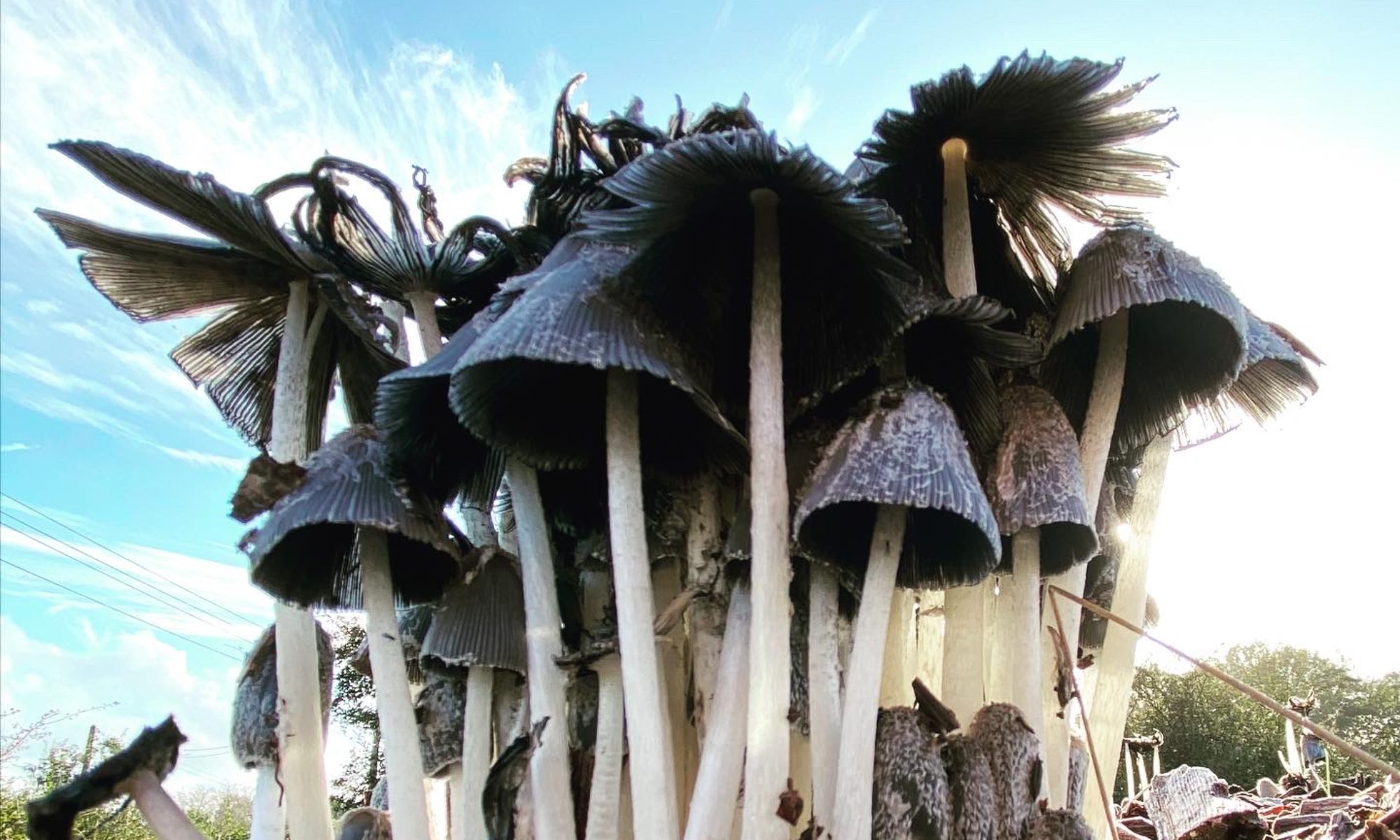Homemade yogurt recipe
After many failed homemade yogurt attempts I was delighted to finally discover this method.
From The Art of Fermentation by Sandor Katz here’s an online link with the process and a much more in-depth explanation.
Process:
- Heat the milk to at least 180°F/82°C.
- Heat milk slowly and gently, with frequent stirring to avoid scalding.
- It is possible to omit this heating step and make raw yogurt, never heating the milk above 115°F/46°C. But raw yogurt will never be as thick as yogurt from milk that has been heat-treated.
- Holding the milk at this high temperature, with constant stirring, will result in evaporation and concentration of milk, further contributing to a thicker end product.
- After heating the milk, you must allow it to cool before adding the starter culture.
- Once the temperature reaches 115°F/46°C, remove a cup of the milk into a cup or bowl, and stir in starter. I use 1 tablespoon of starter per quart/liter.
- Thoroughly mix the starter with the cup of heated milk; once it is fully dissolved, mix it back into the full pot of heated milk. Then transfer cultured milk to preheated jars, seal, and place in the incubation chamber, leaving it to ferment undisturbed.
- Incubated at 115°F/46°C, yogurt will coagulate within about three hours, but if left too long it can easily curdle. I prefer to ferment it a bit more slowly at a slightly lower temperature, four to eight hours at a more forgiving 110°F/43°C. Even longer fermentations can yield more tangy flavor and fuller digestion of lactose.
My Tips:
-My favourite live commercial starter is Mossfield’s organic yogurt. I buy this and then freeze it into smaller portions.
-Less is more! I use only 1 tablespoon of starter to every litre of milk. Many recipes recommend a cup or more. I’ve found better results and a thicker yogurt with less.
-I find a huge difference in flavour of the finished yogurt from using different commercial bio-live yogurts. Some are more tart, some more smooth, etc.
-Use the best quality milk you can find. Full fat is always best. Organic. It need not be raw milk though as you are effectively pasteurizing it before you inoculate it with the new bacteria.
I personally do a large batch at a time and fill a 5 litre cast iron Le Creuset heavy pot with the milk. It helps to hold the heat in, and doesn’t burn the milk on the bottom easily. I then put this into my food dehydrator to incubate, keeping the temperature at around 110°F/43°C for 6-8 hours.
If you don’t have a large food dehydrator, it isn’t necessary and you can use an insulated cooler, a thermos, an oven with just the pilot light on, etc. Many other options available online.

